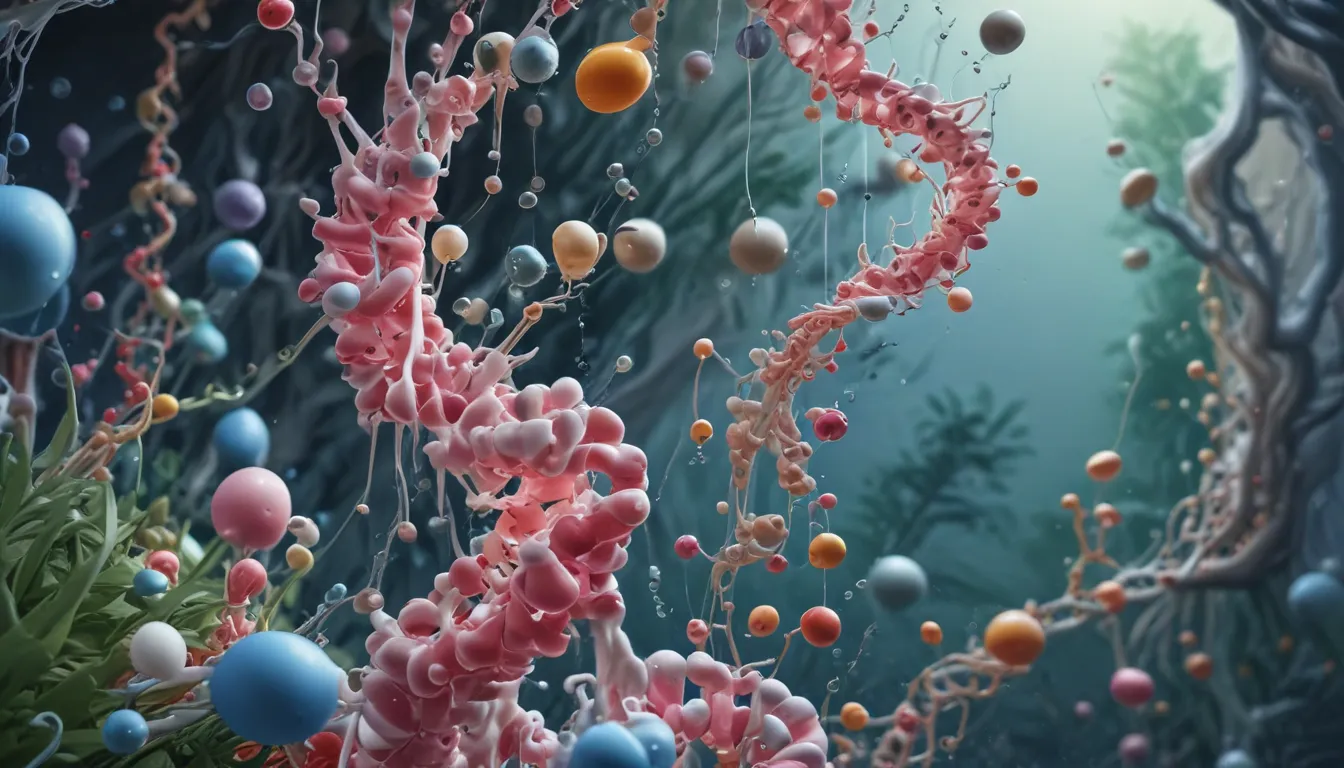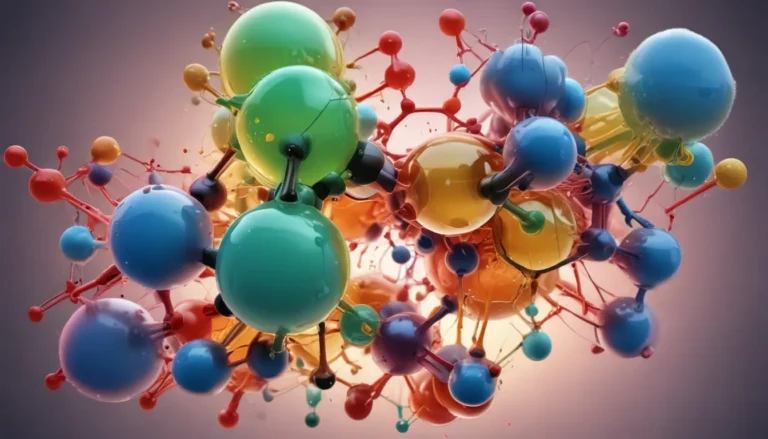A Note About Images: The images used in our articles are for illustration purposes only and may not exactly match the content. They are meant to engage readers, but the text should be relied upon for accurate information.
Welcome to the realm of peptide bonds, where the building blocks of life come together to form the intricate web of proteins that sustain our existence. In this enlightening article, we will embark on a journey of discovery as we unravel 18 captivating facts about peptide bonds. From their role in protein synthesis to their significance in pharmaceuticals and biochemistry, these remarkable molecular connections hold the key to understanding the essence of life itself.
The Significance of Peptide Bonds:
- Peptide bonds act as the glue that holds proteins together, providing strength, stability, and determining the shape and function of these essential biological molecules.
- These bonds play a crucial role in protein synthesis, digestion, and immune response, acting as silent agents behind the scenes to ensure the smooth functioning of our bodies.
The Essentials of Peptide Bonds:
The peptide bond serves as a crucial component of proteins, acting as the chemical bond that connects amino acids to form a protein chain. This covalent bond forms through a process called condensation reaction, where two amino acids react, resulting in the expulsion of a water molecule and the formation of the peptide bond.
The Unique Characteristics of Peptide Bonds:
- Peptide bonds exhibit resonance characteristics, possessing partial double bond character that adds rigidity and stability to the bond.
- These bonds are amide bonds, specific types of bonds resistant to hydrolysis under normal physiological conditions, contributing to the diversity of proteins through unique amino acid sequences.
The Role of Peptide Bonds in Protein Synthesis:
Peptide bonds play a vital role in protein synthesis, where a ribosome facilitates the formation of these bonds between successive amino acids through a process known as translation. This process is essential for the production of functional proteins in cells.
The Challenges of Protein Digestion:
Due to their strength and resistance to hydrolysis, peptide bonds make protein digestion a complex process. Special enzymes called proteases are responsible for breaking these bonds to release individual amino acids for absorption by the body.
Peptide Bonds and Protein Folding:
The rigidity and planarity of peptide bonds play a crucial role in determining the three-dimensional structure of proteins. These bonds influence protein folding, shaping the protein’s structure and function based on the arrangement of amino acids connected by the bonds.
The Fascinating Diversity of Proteins:
The sequence and arrangement of amino acids linked by peptide bonds determine the unique structure and function of proteins, leading to the incredible diversity of proteins found in living organisms. The length of the protein chain, determined by the number of peptide bonds, contributes to this diversity.
Peptide Bonds and Protein Stability:
Peptide bonds within a protein chain contribute to its overall stability, maintaining the specific shape and structure of the protein. The strength of these bonds helps proteins carry out their biological functions effectively.
The Influence of Amino Acids on Peptide Bond Strength:
The diverse properties of amino acids impact the strength of peptide bonds they form, with bulky side chains or charged groups influencing the stability of the bond. These properties affect the overall structure and function of the protein.
Peptide Bonds in Cellular Communication:
Peptide bonds play a role in cellular communication and signaling, with signaling peptides containing specific peptide bonds that enable them to interact with receptors and transmit signals within the body. These bonds are crucial for the regulation of physiological processes.
Potential Applications of Peptide Bonds:
Given their importance in protein structure and function, peptide bonds can be targeted by drugs and inhibitors in medical research and drug development. These compounds selectively bind to and disrupt peptide bonds, modifying specific protein activities.
Conclusion:
Peptide bonds are not just the building blocks of proteins but also fascinating molecules with unique properties and applications. By delving deeper into the world of peptide bonds, we can unlock new insights and innovation in the fields of biochemistry and pharmaceuticals.
FAQs:
- What is a peptide bond? A peptide bond is a chemical bond formed between the carboxyl group of one amino acid and the amino group of another, crucial for protein formation.
- How are peptide bonds formed? Peptide bonds are formed through a condensation reaction between two amino acids, resulting in the release of water and bond formation.
- Are peptide bonds strong? Yes, peptide bonds are incredibly strong and resistant to hydrolysis due to electron delocalization within the bond.
- Can peptide bonds be broken? Yes, peptide bonds can be broken through enzymatic cleavage, essential for protein metabolism.
In the captivating realm of biochemistry, peptide bonds stand as pillars of strength and significance, shaping the intricate processes that govern life. Embark on this journey of discovery, and unravel the mysteries of peptide bonds to expand your knowledge and appreciation of the wonders of biological chemistry.






